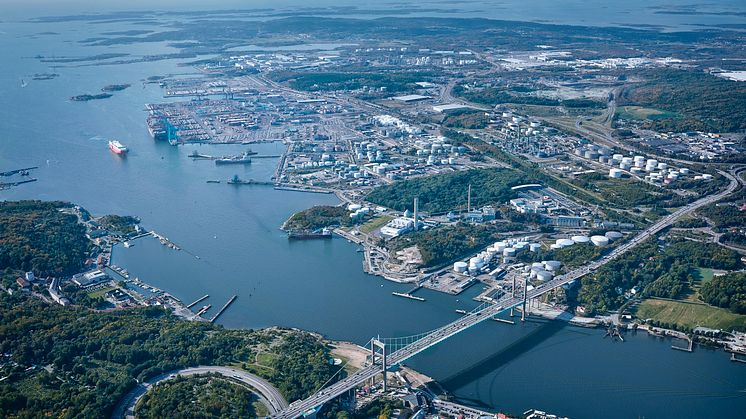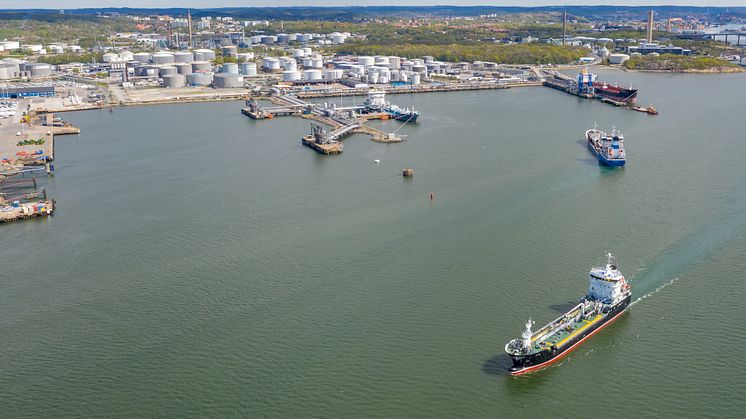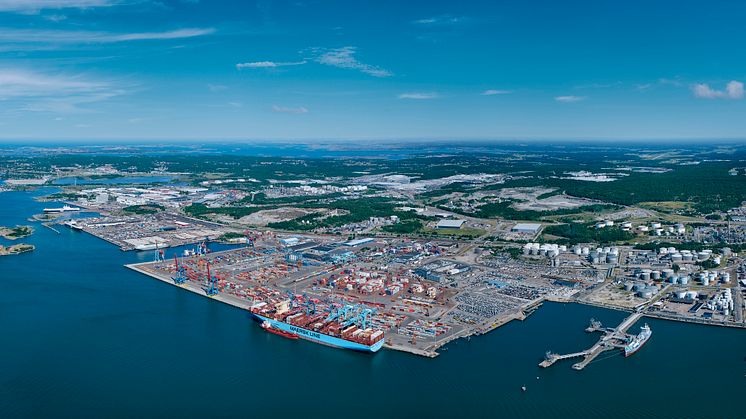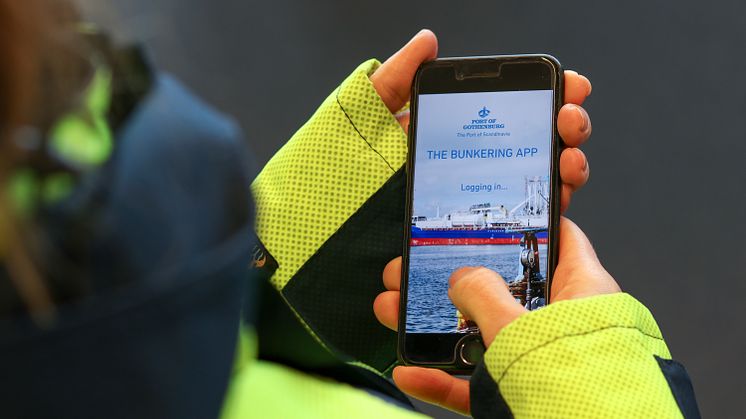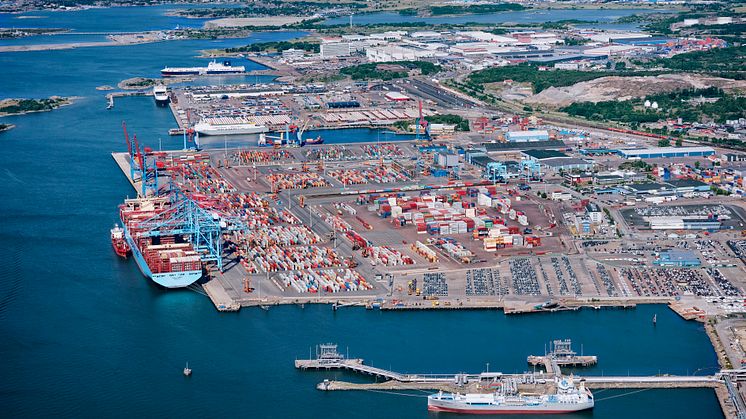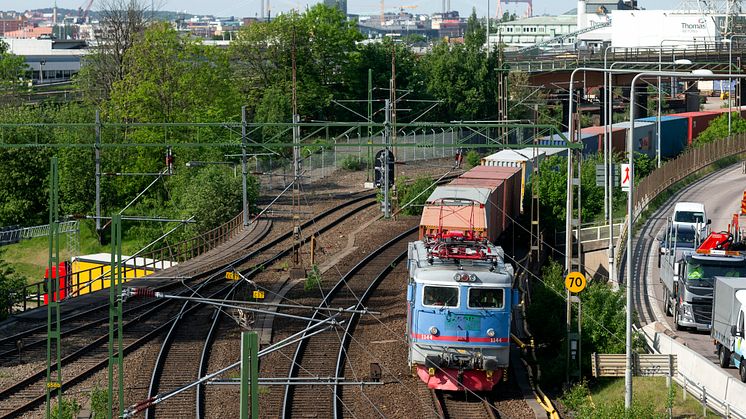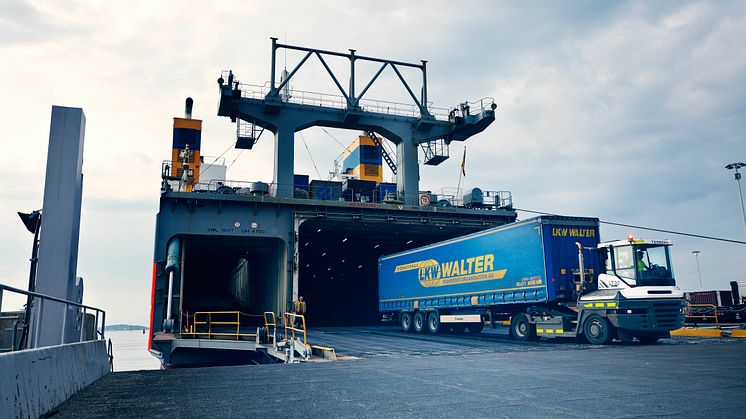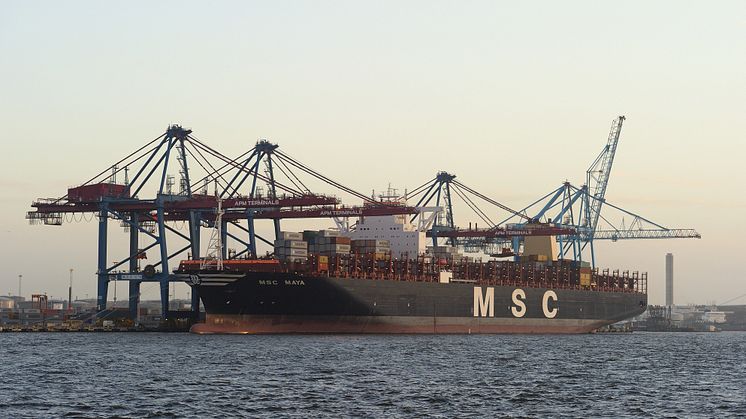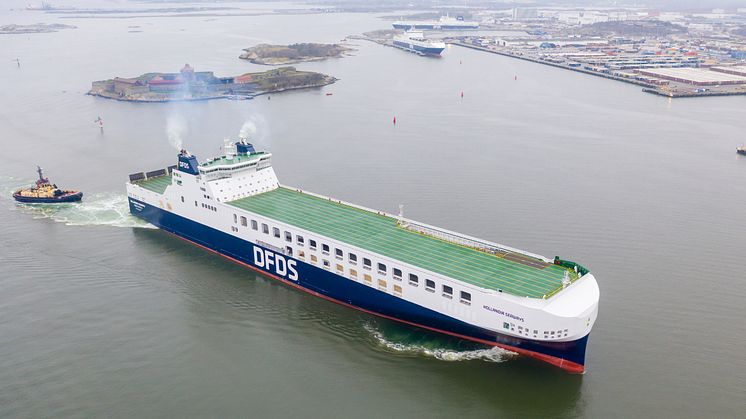
DFDS increases capacity at the Port of Gothenburg with new vessel
DFDS is bringing a new vessel into service that will strengthen the port’s offering within the intra-European ro-ro sector. The newly built Hollandia Seaways is one of the largest ro-ro vessels in the world and will increase capacity to and from the Port of Gothenburg by over 600 trailers per week.
